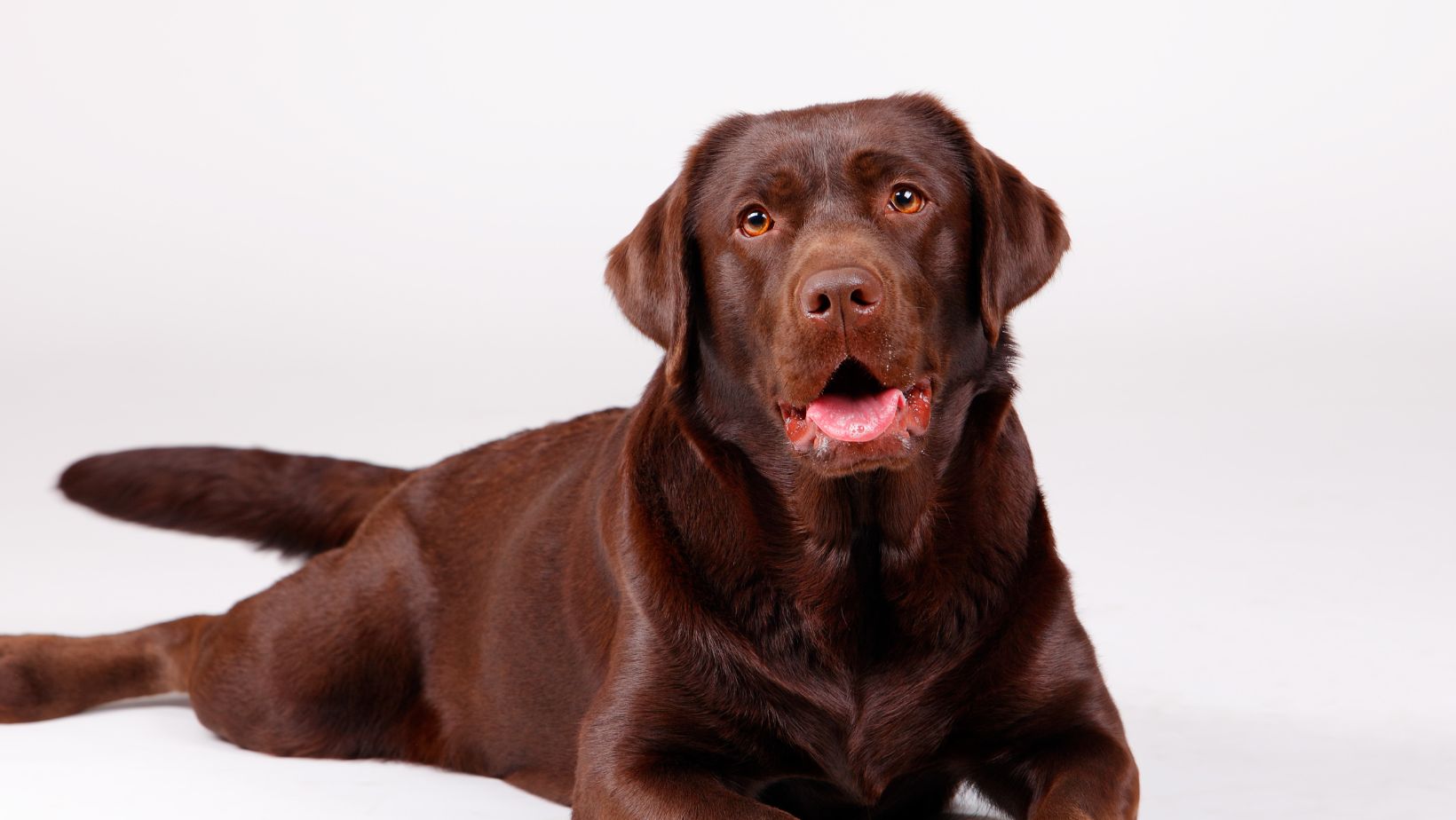Are you tired of finding dog hair all over your home? If you have a Labrador or any other breed that sheds heavily, dealing with excessive shedding can be a challenge. But don’t worry, I’ve got some helpful tips on how to help with shedding dogs.
How to Help with Shedding Dogs
First and foremost, regular grooming is key. Brushing your Labrador’s coat frequently not only helps to remove loose hair but also promotes healthy skin and reduces the amount of shedding around your house. Invest in a high-quality brush specifically designed for heavy shedders, like an undercoat rake or a deshedding tool.
Another important aspect is maintaining a healthy diet for your furry friend. Providing them with balanced nutrition and essential fatty acids can improve the condition of their skin and coat, potentially reducing excessive shedding. Consult with your veterinarian to ensure you are feeding them the right food for their specific needs.
In addition to grooming and nutrition, creating a clean environment plays a significant role in managing dog shedding. Regularly vacuuming carpets and upholstery, using lint rollers on furniture, and washing bedding will help control the amount of loose hair floating around your home.
By following these simple steps – regular grooming sessions, proper nutrition, and keeping your living space clean – you can minimize the impact of shedding in your Labrador or any other heavy-shedding dog breed. Remember that every dog is unique, so it may take some trial and error to find the best approach that works for both you and your beloved pet.

Understanding the Causes of Excessive Shedding
When it comes to our furry friends, shedding is a common concern for many dog owners. If you have a Labrador or any other breed that seems to leave a trail of fur wherever they go, understanding the causes behind excessive shedding can help you effectively manage this issue. Let’s delve into some factors that contribute to your dog’s shedding and how you can help minimize it.
- Breed Characteristics: Different breeds have different coat types, which directly influence their shedding patterns. Labrador Retrievers, for instance, have a double coat consisting of a thick, water-resistant topcoat and a soft undercoat. This combination makes them prone to moderate to heavy shedding throughout the year. Other breeds with similar coats may also experience significant shedding.
- Seasonal Changes: Dogs often shed more during seasonal transitions as they adjust their coats according to temperature changes. In preparation for warmer months, dogs will shed their thicker winter coat in favor of a lighter summer coat. Similarly, when colder weather approaches, they shed their summer coat to make way for a denser winter one. Understanding these natural cycles can help you differentiate between normal and excessive shedding.
- Health Factors: Sometimes excessive shedding can be indicative of an underlying health issue in your furry companion. Allergies, skin infections, hormonal imbalances, or poor nutrition can contribute to increased hair loss in dogs. If you notice your Labrador experiencing drastic or sudden hair loss accompanied by other symptoms like itching or redness, it’s essential to consult with your veterinarian for proper diagnosis and treatment.
- Stress and Anxiety: Dogs are sensitive creatures who react to stressors just like humans do. Anxious dogs may resort to excessive grooming as a coping mechanism which results in more hair being shed than usual. Identifying triggers such as separation anxiety or environmental changes can help alleviate stress levels and subsequently reduce excess shedding.
- Grooming Routine: Establishing a regular grooming routine is crucial in managing your dog’s shedding. Brushing your Labrador’s coat at least once or twice a week helps remove loose fur, preventing it from ending up all over your home. Additionally, frequent bathing with a suitable dog shampoo can promote a healthy coat and minimize shedding caused by skin irritations.
By understanding the causes of excessive shedding in dogs, such as breed characteristics, seasonal changes, health factors, stress, and grooming routines, you can take proactive steps to help manage this issue. Remember that while some shedding is normal for most dogs, if you notice excessive hair loss or other concerning symptoms, consulting with your veterinarian is always recommended for proper evaluation and guidance.